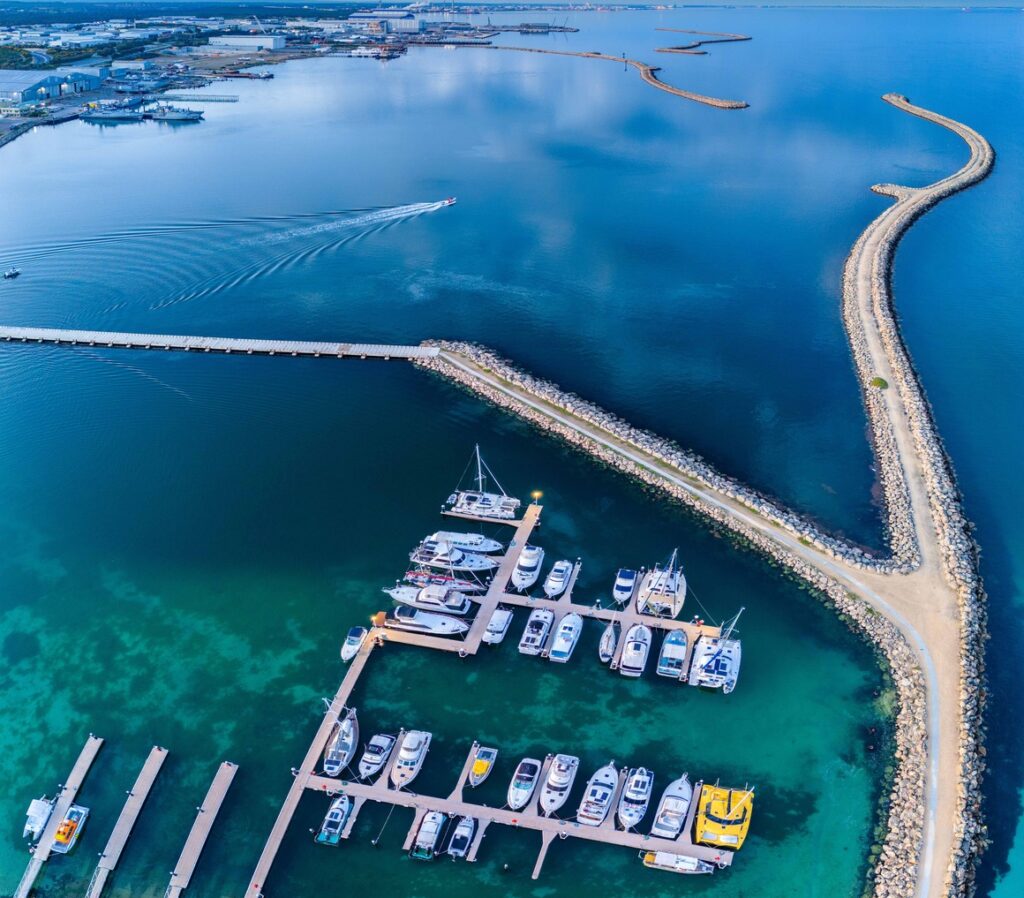
Cockburn Sound is an interesting and ecologically significant area. Here are five notable aspects:
1. Biodiversity and Marine Life
Cockburn Sound is home to a diverse range of marine life, including seagrasses, fish, crustaceans, and molluscs. The area serves as an important habitat for several species, contributing to the overall biodiversity of the region.
2. Naval Operations
The sound is utilised for naval operations and is home to HMAS Stirling, the Royal Australian Navy’s primary base on the west coast. The naval base plays a crucial role in supporting maritime activities and defence operations in the Indian Ocean.
3. Cockburn Cement Industry
The sound has a history of industrial activities, including the Cockburn Cement works, which have been a prominent feature since the early 20th century. The industrial presence has had both positive and negative impacts on the environment, making it a point of interest for environmental studies.
4. Environmental Conservation Efforts
Over the years, there have been concerted efforts to manage and conserve the ecological health of Cockburn Sound. Initiatives include seagrass restoration projects, monitoring water quality, and implementing measures to mitigate the impact of human activities on the marine ecosystem.
5. Shipwrecks
The waters of Cockburn Sound have seen their share of maritime history, including shipwrecks dating back to the 19th century. These wrecks contribute to the cultural and historical significance of the area, attracting divers and historians interested in exploring and documenting these underwater archaeological sites.


